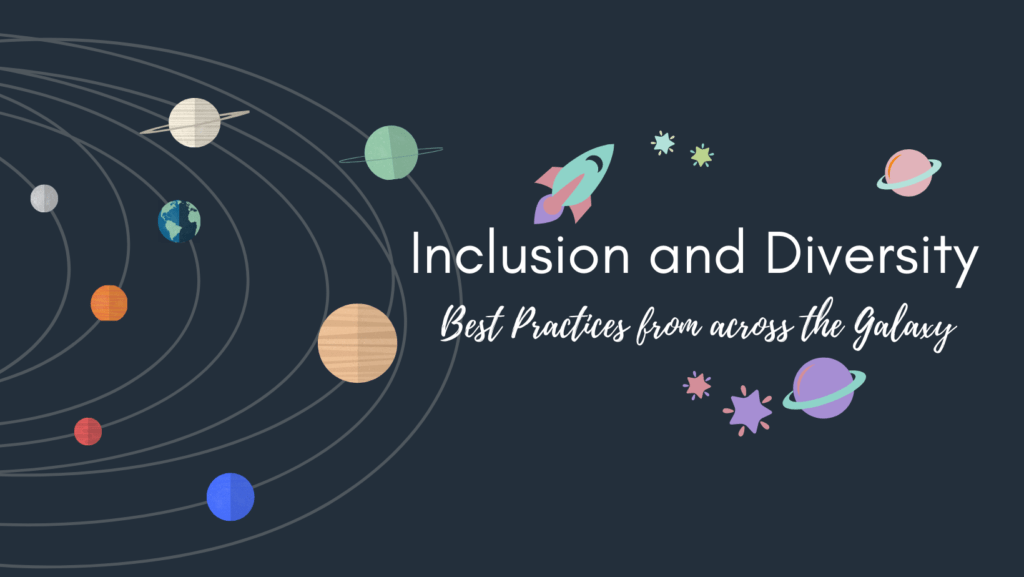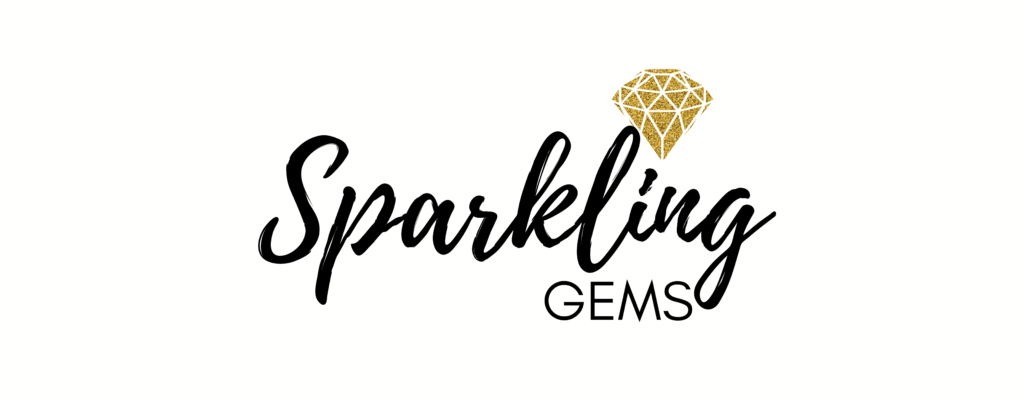
Sometimes, the greatest lessons and insights come from a source you expect the least from. When I started watching Star Trek, a show I never thought I would ever start watching, I was surprised and excited by how socially advanced their society seemed to be. Pioneers searching for new planets with difference of thought, a crew from all corners of the galaxy and people living in an equalitarian society where everyone is respected… no matter the planet you are from!
The first Star Trek series I watched was Voyager and I immediately became a big fan of Captain Janeway. A female captain on the ship who did not even try to display an ounce of masculine qualities. Instead of that she was empathic, not afraid to show her emotions and a wise and valued leader all at once. And mind you, this show came out in 1995. Captain Janeway really knew how to make her crew shine, human or extraterrestrial. So, what is it that we can learn from Star Trek: Voyager in the field of inclusion and diversity? I share with you 3 best practices you can implement right away.
1. It all starts at the top
When Captain Janeway encountered the Maquis rebels far away from home and they had to turn to her ship ‘Voyager’ for support she was faced with a dilemma. She had to merge two crews while keeping the support of her own crew and winning the trust of the Maquis. She recognized the courageous talent from Chakotay of the Maquis (my second favorite character!) and made him her second in command.
What Voyager learns us: inclusion starts at the top, in order to create a workplace where all employees feel like they belong there has to be that champion in the management team that will understand the value of inclusion and diversity and be willing to lobby and stand for that. Inclusion and diversity is not a hobby on the side, instead it brings real tangible results for the companies that are willing to invest in it, so make it a part of your strategy and appoint your Inclusion & Diversity champion(s)!
2. Diversity of minds for successful problem solving
The more difficult the problem, the more value exists in having a broad spectrum of perceptions. Because what are you going to do if you need to reprogram a deadly missile designed by your enemy to destroy an innocent planet. You need smart people! And cognitive diversity to outthink your enemy. So in Voyager we have for instance the Doctor (a hologram), second officer Tuvok (a Vulcan, people that think logically and don’t show emotions) and chief engineer B’Elanna Torres (a high-tempered Klingon-Human hybrid) who despite their differences of perspectives and thought managed to work together and therefore increase ant utilize their collective problem solving capacity.
What Voyager learns us: diversity of thinking often comes with more and better problem solving. What’s the value of hearing your own thoughts or ideas echoed by your colleagues? How are you going to innovate if you have a tunnel vision? But beware as well – having diversity is not the same as understanding and embracing it.
“There are three things to remember about being a Starship Captain: keep your shirt tucked in, go down with the ship, and never abandon a member of your crew.” – Captain Janeway
3. Create buy-in, know all your people
For the ones that don’t know the story, the whole story of Voyager leads around returning back to Earth, after the ship accidently ends up on the other side of the galaxy. At some point Janeway wonders how she will keep her crew motivated to make the right choices despite being from home for so long. Self-appointed morale officer Neelix (a cook from a planet called Talaxia) helps her with this. He knows all the different holidays the crew members of Voyager celebrate and make them celebrate them together.
What Voyager learns us: while good KPIs in diversity can help this does not necessarily mean your employees will feel like they belong. Do you know what keeps them busy after working hours? What they celebrate? How their family life looks like? Knowing and understanding your employees makes it much easier to create a culture where everyone feels like they belong. There are already examples of companies that give their employees the choice to exchange their appointed holidays for the ones they want to celebrate.
And it is as simple as that – if a TV-show could invent this in 1995, we all sure can do this in 2021. If you want to brainstorm with me how inclusion and diversity could work in your team, or share your inspiration with me, feel free to contact me! And I am curious which other great inclusion & diversity examples you know from your favorite show (or daily practice). Feel free to leave them in the comments below!
Ashmita – Owner and Creative Strategist at Sparkling Gems
